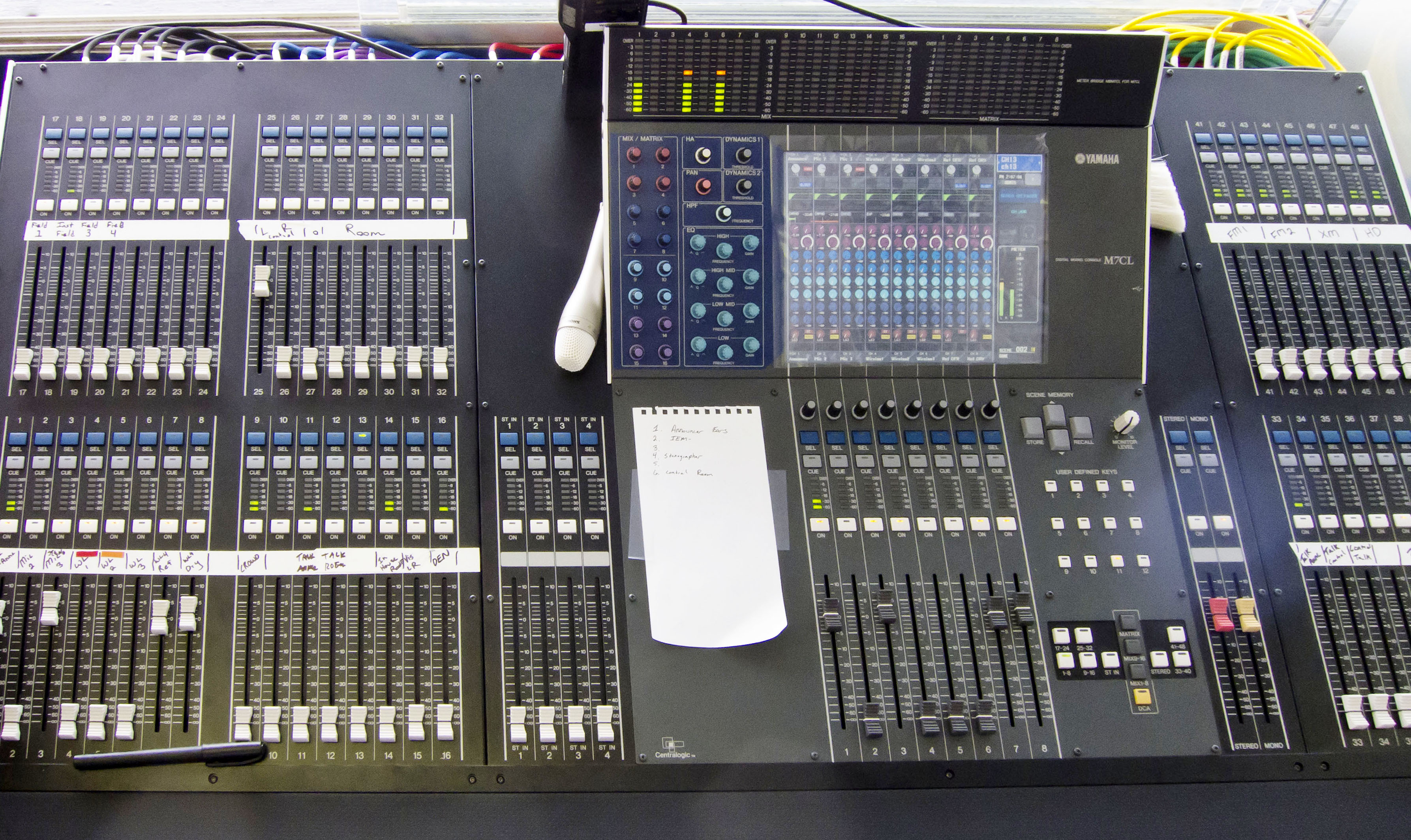

- © 2003 - 2025 Dynamix Productions, Inc. Contact Us 0


Do you remember your high school English class where everyone took turns reading a literary classic aloud? Was there anything more boring? If you didn’t have the book in front of you, it was hard to follow along – that is if you stayed awake. Okay, I’m not out to bash classic literature. I’m just raising an argument that the author probably didn’t intend his or her work to be read aloud (especially by sleepy teenagers). But take Shakespeare – now that dude knew how to write for spoken word. He intended for hundreds of listeners to hear his words being spoken aloud.
Now that dude knew how to write for spoken word.
The methods by which we communicate with words can be broken down into two simple categories: by eyes, and by ears. They’re sometimes used together, but the most primitive form of communication was probably by sight. Caveman Gok would motion with his hands to caveman Krog to build a fire. The next form of communication was most likely a grunt when Krog told Gok to build it himself, followed up with a hand gesture.
Today we communicate with words, art, music, dance, and even laughter. The communicator’s hope is that the full meaning of the message is perceived, but sometimes the way it’s delivered is out of sync with the way it’s being received. Like a review of a painting in the newspaper, one can’t fully grasp the artist’s intent until seeing it in person.
Perhaps the hardest way to communicate is using one form of communication to deliver another form, like that English class. Writing for spoken word is one of the least understood arts. The confusion starts with how the writer constructs the message – by writing. In school, most of our communication education was the written word. Very few of us had a speech or drama class. So, when a novice sits down to write narration, it’s natural to write in a style that we have been using our whole life for essays, letters, emails, notes, etc. When that text is actually spoken, it’s sometimes like we’re back in English class.
Perhaps the hardest way to communicate is using one form of communication to deliver another form.
With speech, you can’t reverse time and listen again.
• Remember to keep sentences short. Give the listener time to process each nugget of information before you move onto the next one.
• If the information is complex, reinforce it with short examples or analogies.
• Don’t be afraid to break sentence structure rules from time to time.
• Read your copy aloud. Better yet, have someone read it to you. Be sure to read with a loud volume and take deliberate breaths. This will reveal problems with phrase lengths and timings.
• If the narration accompanies visuals, remember that a picture is worth a thousand words – don’t dwell on describing the obvious.
• Don’t give a lot of useless information that isn’t vital and won’t be remembered, such as phone numbers, addresses, dates, etc. If your narration is to only get your name out, the listener will look you up in the phone book.
• Don’t wear out the listener. Trying to cram in too much information will actually have the opposite effect on the listener – they’ll tune out.
• Don’t just cut and paste your print copy to the radio script. Take the very basics of the idea you’re trying to convey and turn it into a conversation or “theatre in the mind.”
Of course there are many other aspects of writing, but I hope these few tips will help you avoid wasted studio time editing copy – or worse, lose the listener. Remember, it’s an art and it takes lots of practice, so keep writing and reading your copy aloud. You’ll know you’re getting better at it when people quit falling asleep.
Neil Kesterson is the owner of Dynamix Productions in Lexington, KY. He has been paid to listen to other people talk for over twenty years.